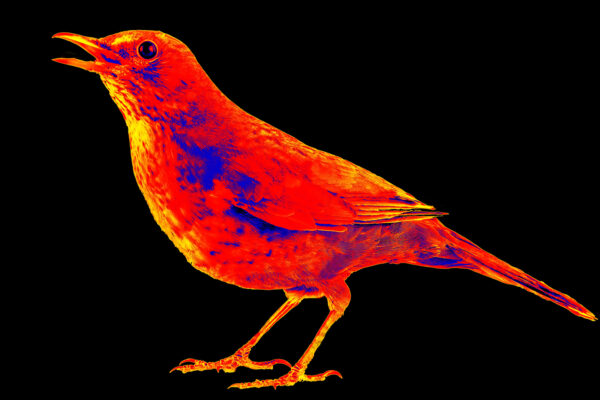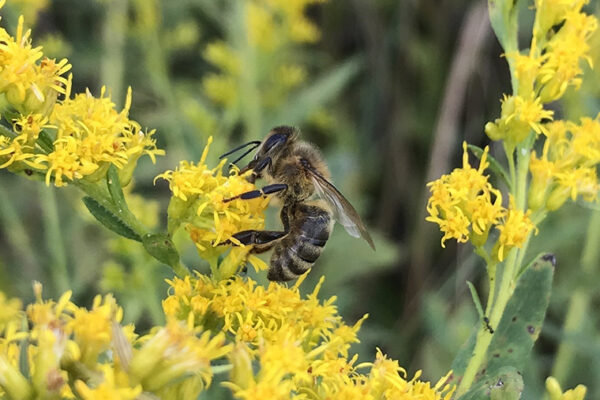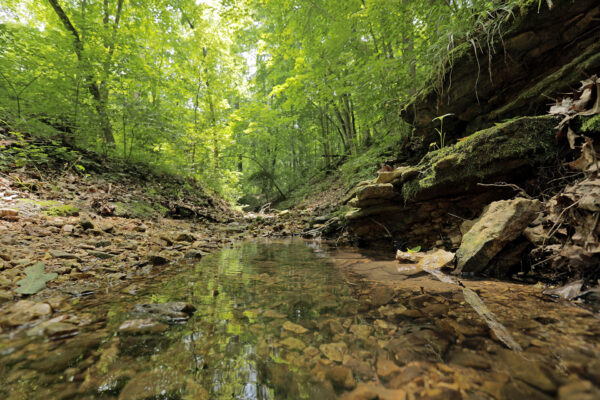Elizabeth Carlen is a postdoctoral fellow with the Living Earth Collaborative at Washington University in St. Louis. She is studying how city life is changing the local populations of eastern gray squirrels (Sciurus carolinensis).
“St. Louis has a long history of racism that impacts where illegal dumping occurs, where pesticides were and are sprayed, where parks are taken care of, and where street trees are planted,” Carlen says. “All of these features influence the physical environment, and subsequently, the flora and fauna of that area.”
Armed with notes from perusing Google Street View the night before, Carlen drives back alleys across St. Louis each day, looking for squirrels. She carefully ties down box traps baited with organic peanut butter and tosses in an extra handful of walnuts for good measure. When a squirrel is caught, Carlen quickly collects one snip of tail fur, a small piece of tissue from the ear, and any scat the squirrel has dropped — then releases the animal.
Carlen is using DNA from these samples to investigate how squirrels are adapting to the urban environment within St. Louis city.
With these data she is building a landscape genetic model that shows how squirrels in the region are related. Carlen is mapping out the geographic corridors that squirrels use to traverse the city and the barriers they encounter. But she’s also focused on the impacts of environmental racism and the ways that human choices — for example, illegal trash dumping, and the inequitable efforts to combat this problem — are creating selection pressures that have evolutionary repercussions.
Ultimately, Carlen’s research will provide vital information on how to transform cities to better support both wildlife and humans. Her squirrel project is supported by the National Science Foundation (NSF). In addition to this work, Carlen is a co-founder and editor of the urban evolution blog, Life in the City: Evolution in an Urbanizing World.


